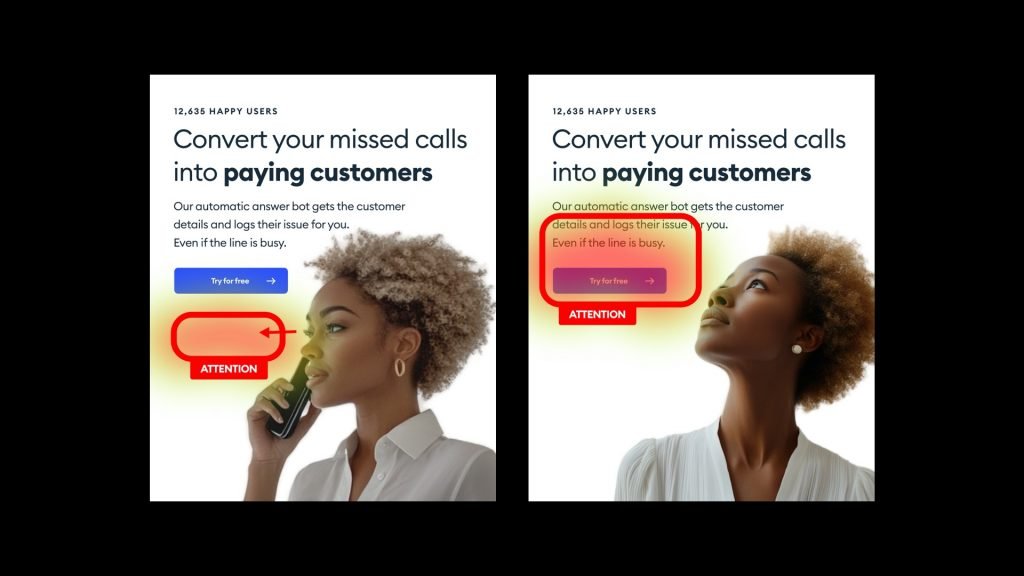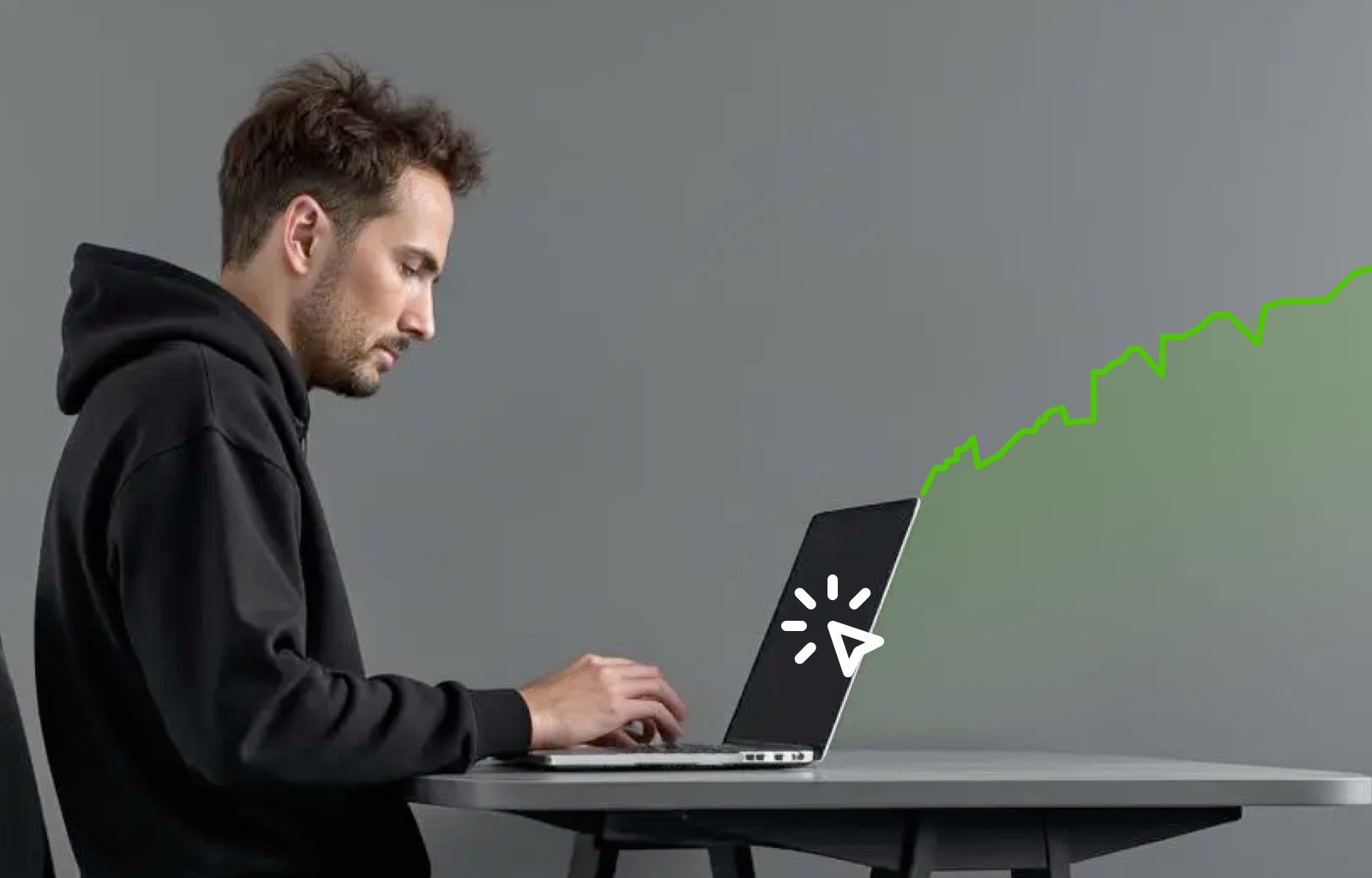When it comes to growing online there are multiple paths a company can take. There’s SEO – Search Engine Optimization that’s all about being more visible in both search engines and large language models.
It ties strongly to content creation – either on social media and/or writing blog posts. If the posts are useful, they don’t only show up in search results but also get shared by people.
When you achieve word of mouth like that, it feels amazing!

What does CRO mean?
Both SEO, AIO (AI optimization) and content creation are a great way to get people to visit your site, but what then?
In most cases you want someone to purchase something from you. The end result of getting people to the site is making money. Makes sense, right?
CRO, or Conversion Rate Optimization is a set of methods and principles with the aim of turning as many visitors as possible into paying customers.
How to improve website conversion?
There are some set in stone principles of how a good, converting website looks and works. It stems from something called Jakob’s Law.
The law states that people online prefer websites that are similar in the way they work to other websites they frequently visit.
Does it mean everything has to look the same then?
No, don’t worry! It’s more like all houses having doors, windows and a roof – yet there’s thousands of different house types out there.

With the house example – you need to be able to enter it somehow (doors), have some light inside (windows) and not get wet during the rain (roof).
Lots of other stuff is of course nice to have, but can be completely different.
Conversion rate benchmarks
Those constants also exist in web design. Let me show you a couple basic ones and we’ll cover more in depth in future articles.
What we want is to minimize something we call a bounce rate – how many people “bounce” or leave the website without making a purchase. Instead we want to increase the CTR (Click-Through Rate).
When thinking about your website you need to understand there’s three main groups of people on it.
The viewers, the bounced and the customers. They all sum up to 100% of views that you get.

Page loading speed
Yeah, I know this also counts for SEO, but believe it or not it has a good reason to.
When a page loads longer than 2 seconds most internet users already get impatient.
Some simply quit loading the site, close the tab and look for a competitor. This is definitely not what you want.
You can implement content caching, preload only the most important information first and then “lazy-load” images later.
Just remember your site needs to show something in under a second. To many sales landing pages
Mobile Responsiveness
It’s 2024! If your website is not yet responsive your bounce rates will dramatically increase.
There’s still data showing that bigger purchasing decisions are easier made on desktops, but that doesn’t change the fact most traffic now happens on mobile.
The website not only has to be responsive, but also needs to be designed with mobile in mind. Big enough buttons and text so it’s as frictionless as possible.
You can use simple patterns like the gaze principle to switch up the mobile hero photo to a one that’s still looking at the CTA and have one looking to the side on the desktop.

Clear communication on the website converts better
Sales conversion optimization is basic psychology. If people can’t understand your offer they will not “convert”.
Start by refining your copy – countless times and if you can do some A/B testing of that content as quickly as possible.
Even a “corridor test” at your office can work to get some rough understanding of what you should start with.
Clear, simple, to the point and focused on solving an actual problem for the clients. Don’t talk about yourself, talk about solving their issue.
Form optimization
I wanted to place this separate as I believe form optimization is often overlooked for generic solutions. To earn money online someone usually has to fill some kind of a form.
That is where UX, or User Experience Design comes into place. Understanding how the users use the form is the best way to fix it.
We explore this on thousands of examples with our design learning platform at https://hype4.academy
And this is what we do here. Specific techniques and methods to improve conversion rates across all different segments.
